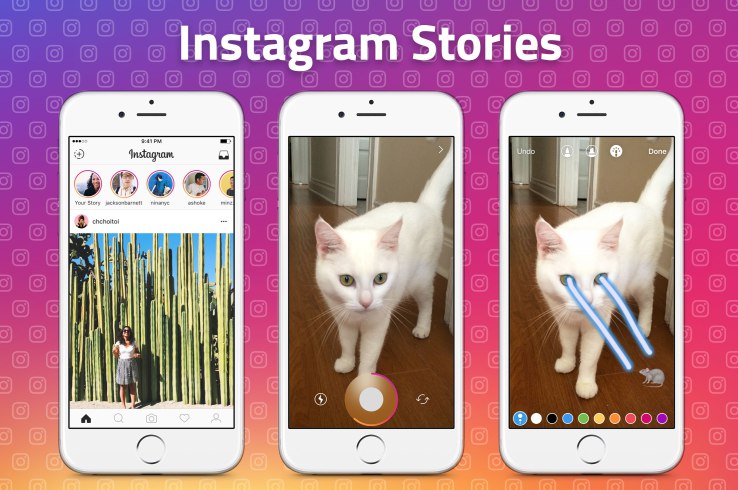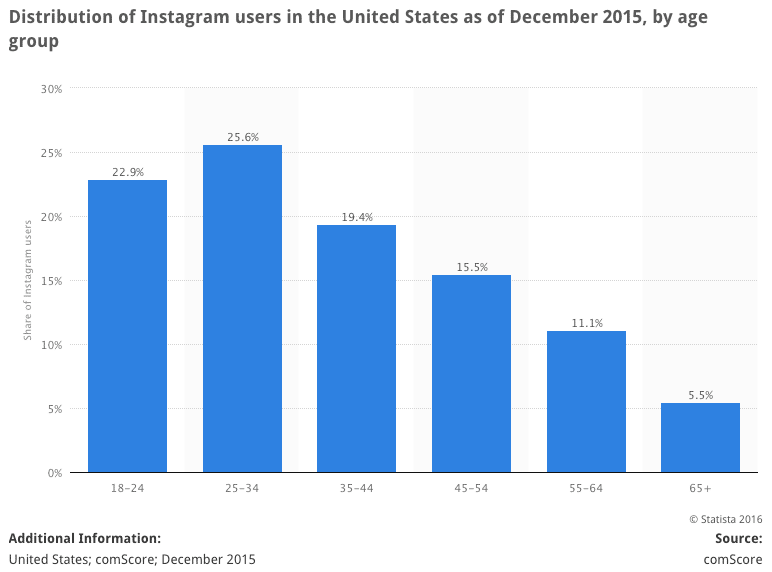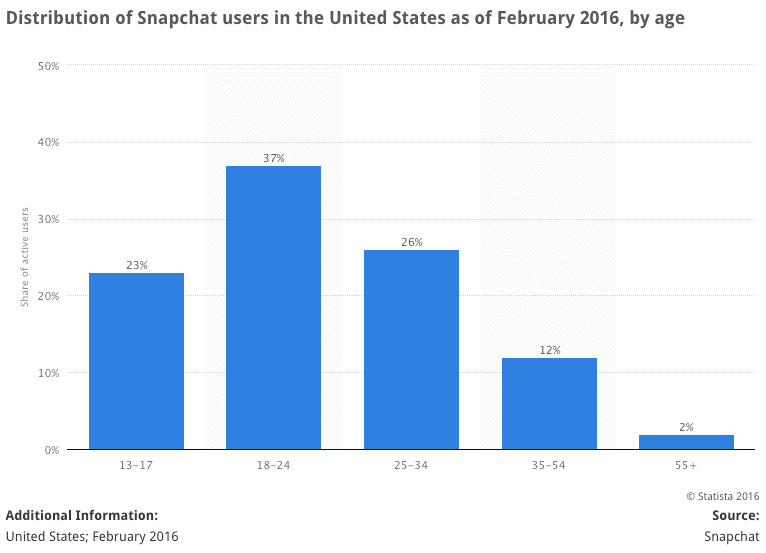Instagram vs. Snapchat: The Final Chapter
If Instachat – sorry, Instagram can’t pull out a win with this wildly familiar looking update, will it be time for Facebook to cede defeat in the space?
Maybe not cede, but they could definitely use a win here. In what we at the agency have decided to call Instachat, Instagram rolled out an update last week that has a very familiar look and feel: it is essentially Snapchat.

Instagram made a move to incorporate a whole slew of quick-sharing options, some that disappear, some that stick around, in an effort to compete with Snapchat’s feature, Stories. Instagram decided to take the very subtle approach of calling this competitor Stories. There are a lot of interesting tweaks that Instagram has made, which makes its Stories feature a little more versatile, and its mass market (internationally) might help it pick up some traction, but can it really move 150 million users away from Snapchat?
The Instachat Differences
So how exactly is Instagram Stories different from Snapchat Stories? Let’s take a look at the structure first.
Instagram certainly surprised its users (particularly those using Snapchat) with how blatantly this new feature seems to copy Snapchat. It also surprised users with the sudden rollout of the new feature. How did the whole world seem to find out right away? Instagram made the (seemingly smart) choice to include Stories right on the main screen as opposed to hidden on another screen as they are in Snapchat. This led to a fairly quick adoption of the feature by a lot of users.
As for the features, Instagram Stories are a little more robust than what Snapchat offers. First, users can scroll back and forth between images and videos shared to a story – a feature not yet available on Snapchat. Second, the doodling options are quite a bit more advanced (and more user-friendly) on Instagram than they are on Snapchat, though Snapchat offers more in the way of emojis. Third, in terms of chatting and privacy, both apps operate in a similar fashion. The difference really has to do with the user experience.
How UX Can Be the Clincher
Globally, Instagram has 500 million monthly active users, and an impressive 300 million daily active users. Snapchat now boasts 150 million daily active users, which is also an impressive total. But when it comes to usage, the success of one over the other on a global scale might rest in the difference between the UX of the two products, and how that plays a part in its userbase.
Here, we see the age demographic breakdown for U.S. users of Instagram:

We see a strong concentration in the Millennial market, but a fairly strong presence within all age groups. Now, let’s take a look at Snapchat:

These numbers do not tell quite the same story. The difficulty that Snapchat has had penetrating non-Millennial (over the age of 34) segments of the market could have something to do with its design. It has been speculated that Snapchat’s design is intentionally counter-intuitive to keep the app engaging for tech savvy individuals. That might be why it has performed so well with Millennials, but has had trouble taking off in these other demographics. That might not have seemed like such a big deal when it was the only player in the market, but it certainly seems like it might pose a problem now.
Instagram has a larger daily active audience (twice the size) and more evenly distributed audience across age demographics, and a larger international presence. Those three factors stand to get in the way of Snapchat’s dominance of this market. That is not to say that it will be going anywhere; certainly not. However, we might start to see some changes and a somewhat more aggressive push by Snapchat now that there is tangible competition (that actually seems to make a difference). AdAge reported that Nike posted a Story to Instagram as soon as it became available at the same time that it shared the video to its Snapchat Story, and the difference was significant. On Instagram, the Story was seen by 800,000 users, while on Snapchat, it was only seen by 66,000. Combine that with the fact that Instagram is already an advertising favorite for marketers and integrates with Facebook for more valuable and detailed insights, and Snapchat might be facing its first instance of real, sustained competition.
Time will tell where these two products go.






